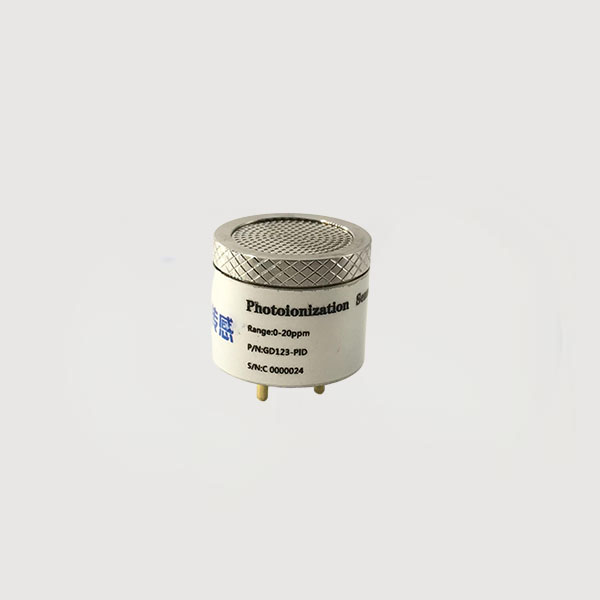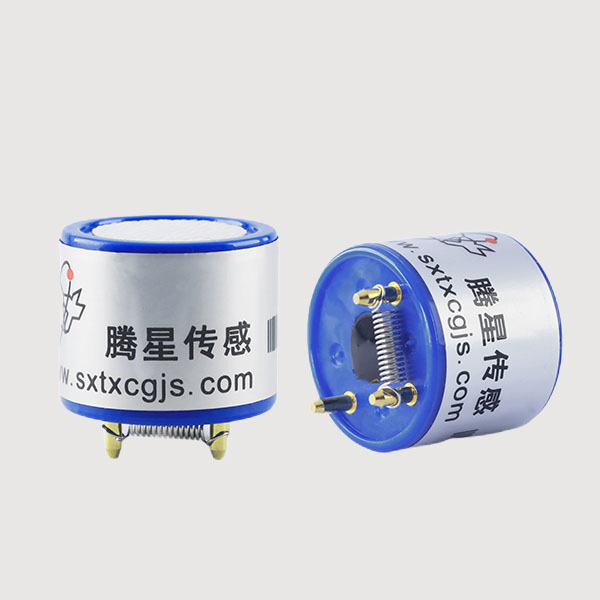

 News
News Industry News
Industry News Vinyl chloride (C₂H₃Cl) is a colorless, flammable, slightly sweet-smelling gas of vital industrial importance. It is the core raw material for the production of polyvinyl chloride (PVC) plastics and is widely used in everyday products such as pipes, wire and cable, packaging materials, and furniture coatings. However, this seemingly ordinary industrial gas is a highly insidious and dangerous health threat.
The Great Dangers of Vinyl Chloride: Taking the "Ohio Vinyl Chloride Leak Incident" as a Mirror
On February 3, 2023, a serious train derailment occurred in East Palestine, Ohio, USA, causing multiple tank cars loaded with vinyl chloride to leak and catch fire. Fearing an explosion from the out-of-control tank cars, which would produce powerful fragments, emergency personnel decided to conduct a controlled release and burn the vinyl chloride in five tank cars. This operation released a large amount of vinyl chloride gas and its more dangerous byproducts from incomplete combustion directly into the atmosphere. Thick black smoke formed a huge "toxic cloud" that enveloped the entire town and spread through the atmosphere to surrounding areas. The toxic substance seeped into the soil and rivers, killing a large number of fish and wildlife. Local residents reported that their pets and livestock became ill or even died. After the incident, many residents experienced symptoms such as headaches, nausea, burning eyes, and difficulty breathing, forcing them to evacuate.

In fires or incomplete combustion, vinyl chloride decomposes to produce more toxic substances such as phosgene (a chemical weapon used during wartime), hydrogen chloride, and dioxins, making accidents exponentially more dangerous, as seen in the Ohio incident.
The Sentinel Guarding Safety—Vinyl Chloride Gas Detection Sensor
Given the highly toxic and flammable nature of vinyl chloride, real-time, accurate monitoring is crucial throughout all stages of chemical production, storage, transportation, and incident response. Currently, the following main types of sensors are used to detect vinyl chloride gas:
1. Photoionization Detector (PID) Sensor

Working Principle: PID uses high-energy ultraviolet light to illuminate the gas being measured. If the ionization energy of the gas is lower than the UV light's energy, the gas molecules are ionized into positive ions and electrons, generating a measurable current. The current intensity is proportional to the gas concentration.
Advantages for vinyl chloride:
High Sensitivity: Capable of detecting extremely low concentrations of vinyl chloride, down to the ppb (parts per billion) level, making it ideal for environmental monitoring and early leak warning.
Fast Response: Response time is typically within seconds, enabling rapid identification of leaks.
Broad-Spectrum Detection: Capable of simultaneously detecting multiple volatile organic compounds, it is extremely useful at complex incident scenes.
Limitations: PID is a non-specific sensor that cannot distinguish between vinyl chloride and other VOCs and requires verification in conjunction with other technologies. Furthermore, humidity can affect its readings.
2.Electrochemical C2H3CL sensor

MQ-E3-C2H3CL Electrochemical Vinyl chloride Sensor
Vinyl chloride is a double-edged sword. While it drives the development of modern industry, it also poses significant environmental and health risks. The tragedy in Ohio serves as a stark reminder that the management and monitoring of these hazardous chemicals must be given the highest priority. Gas sensor technology provides a crucial line of defense between humanity and this invisible threat. Like loyal sentinels, these sensors constantly monitor the threat of vinyl chloride, providing essential technical support for the safety of life and the environment. As sensor technology continues to advance towards greater sensitivity, intelligence, and miniaturization, our ability to address these chemical risks will undoubtedly be further enhanced.